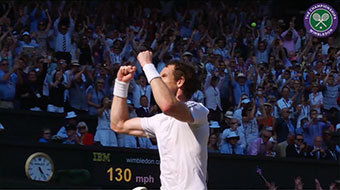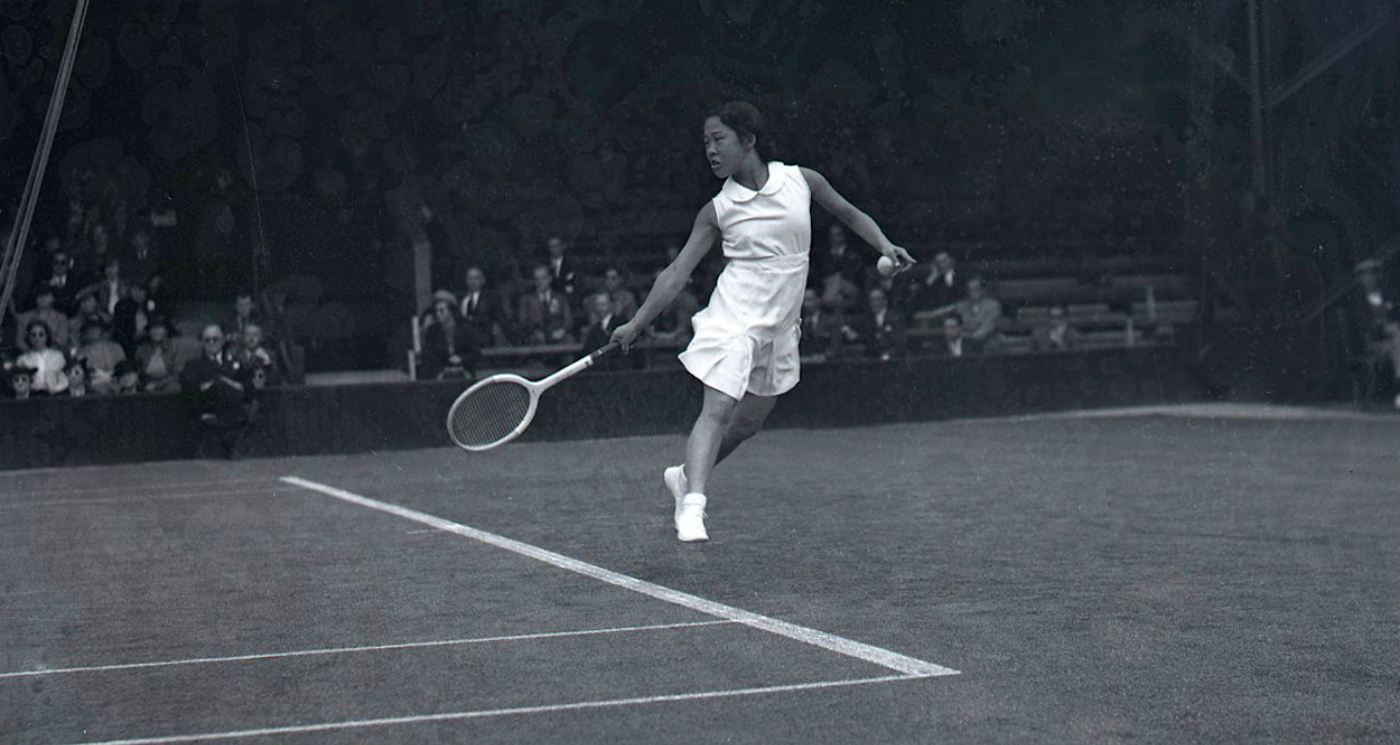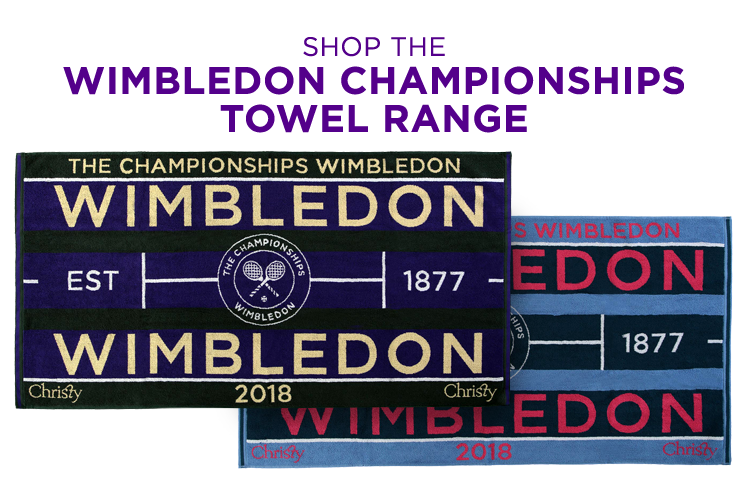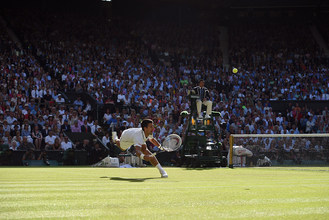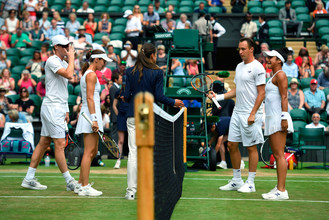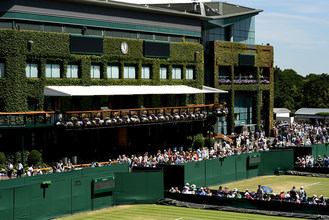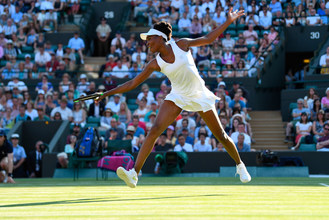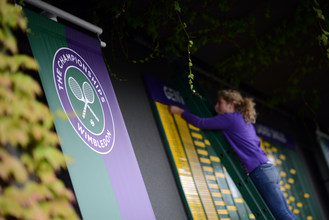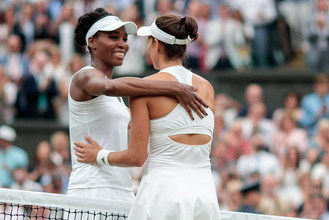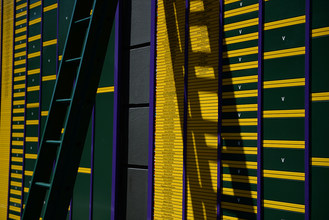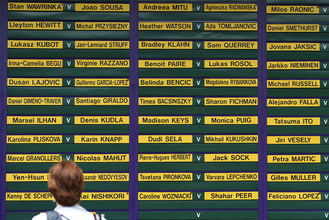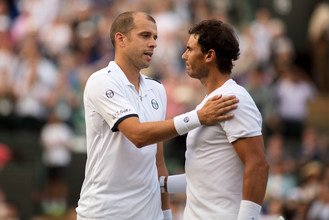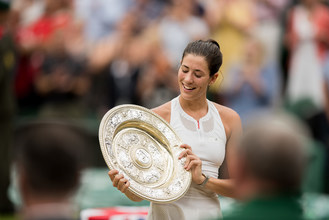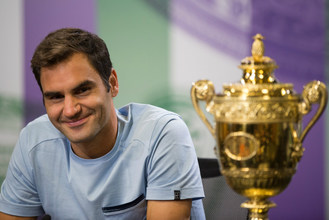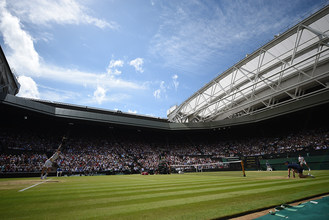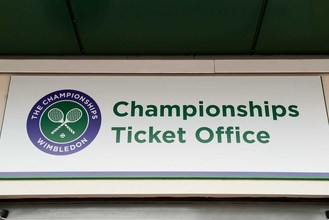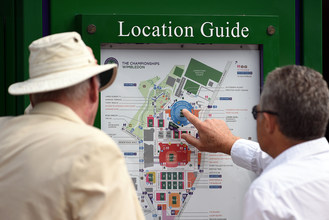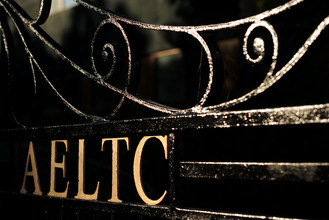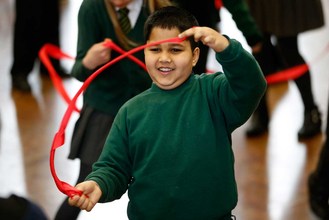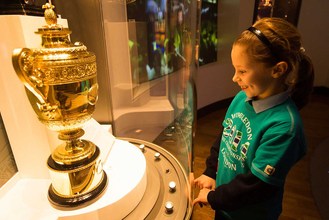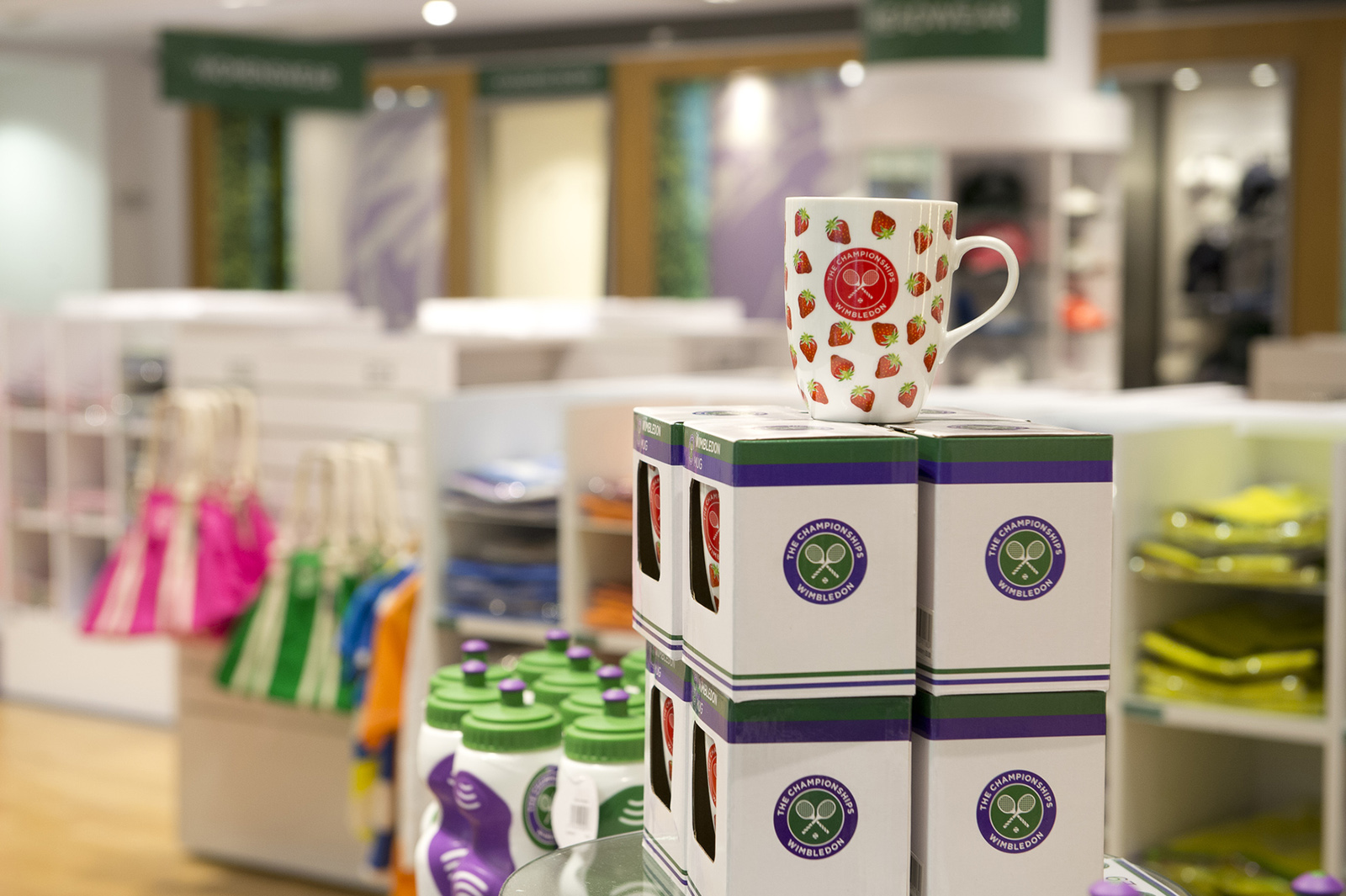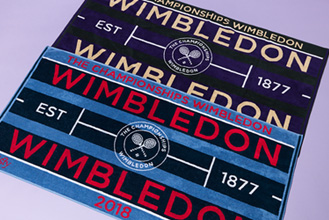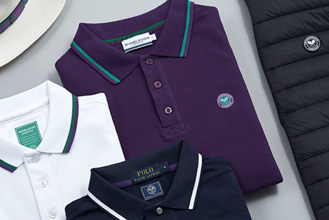The modern-day mantra is that “bigger is better”, but this is an appropriate year to remember the achievements of a tennis player who proved that size does not have to matter. Britain’s Gem Hoahing, who made her Wimbledon debut 80 years ago, is the shortest player ever to have appeared at The Championships, but despite her tiny 4ft 9.5in frame she could be more than a match for some of the game’s best players.
“Little Gem”, who was also known as “Little Poker Face” or “The Mighty Atom”, became a popular figure with British crowds. She played at The Championships from 1937 to 1961, her finest hour coming in 1949, when she reached the fourth round of the Ladies’ Singles by beating “Gorgeous” Gussie Moran, the No.4 seed.
Hoahing was a contemporary of the shortest man ever to play at The Championships, the 4ft 11in Filipino Felicisimo Ampon, who reached the third round of the gentlemen’s singles in the same year that Hoahing beat Moran.
Mimi Chan Choong, a cousin who was very close to Hoahing, said: “She was a very creative player who loved playing drop shots, but her greatest strength was probably her speed. She was very fast and very light on her feet. She was also a wonderful dancer. She won medals for her ballroom dancing and was a very good tap dancer. She was an accomplished ice skater too.”
Gem Cynthia Hoahing, who died two years ago, was born in Hong Kong on 20 October 1920 to parents of Chinese heritage. Her father, Benjamin Hunter Hoahing, was a highly successful businessman in Hong Kong, where he married Singha (Susan) Ho A Shoo, who came from a wealthy Chinese family in British Guyana. Hoahing’s grandparents had first gone to Guyana as indentured labourers.
Hoahing’s father died in 1942, having been in ill health after suffering a stroke 10 years previously, but her mother was 104 when she died in 1990. Hoahing herself died just five days before her 95th birthday. Hoahing’s mother studied medicine in Edinburgh and Dublin and became a Fellow of the Royal College of Surgeons.
The family had British passports and settled in London. They lived in Twickenham at Neville House, a substantial Georgian home. The large garden had a fruit orchard and a tennis court, on which Hoahing learned the game from her mother. The Chinese ambassador was a frequent visitor at the garden parties held at Neville House through the summer.
Hoahing soon emerged as one of Britain’s most promising juniors. “Gem and her parents frequently went to the south of France,” Mrs Chan Choong recalled. “When she was 14 they were driving past a tennis club which had a sign saying: ‘Tennis tournament starts tomorrow’. Gem said: ‘Why don’t I enter it?’ She had to borrow a racket to play in the tournament, which she went on to win.”
On her debut at The Championships in 1937, 16-year-old Hoahing won three matches in qualifying before losing in the first round to Patsy O’Connell. After the war she reached the third round three years in a row before going one better in 1949. Victories over Britain’s Wendy Stork and France’s Jacqueline Boutin took her into a much-anticipated meeting with Moran in the third round.
Moran was seeded No.4 when she made her debut at The Championships that year. However, it was her second-round match that guaranteed her celebrity status for the rest of her life. Ted Tinling had designed an outfit for Moran which included a comparatively short skirt and lace-trimmed knickers. Moran did not wear it for her opening match but caused a huge stir when she wore it during her second-round victory over Betty Wilford.
Photographers flocked to No.1 Court to get pictures of Moran which were subsequently splashed across newspapers and magazines the world over. Some people were outraged by Moran’s clothing – it was said that she had “put sin and vulgarity into tennis” - and the subject was even raised in Parliament.
Photographers hoping to take more pictures of Moran in her controversial outfit were disappointed when she walked on to Centre Court for her third-round match against Hoahing, the American having chosen to wear a pair of shorts instead. Nevertheless, the sight of the 5ft 8in Moran walking alongside Hoahing, who was nearly a foot shorter, still made a striking image.
Although Moran went on to reach her only Grand Slam final at The Championships that year, when she finished runner-up in the Ladies’ Doubles with Pat Todd, she was outplayed by Hoahing, who won 6-2, 5-7, 6-3. One newspaper headline the next day read: “Little G beats Big G”.
Hoahing’s run ended in the next round when she lost 4-6, 4-6 to another American, Helen Rihbany. Indeed, for years to come it often took a leading American to knock out Hoahing. She lost to Doris Hart in the third round in 1950 and at the same stage to Louise Brough in 1951 and to Beverley Fleitz in 1956.
In 1957 Hoahing reached the fourth round for the second and last time in her career, only for her winning sequence to end in familiar fashion when she was beaten 1-6, 1-6 by Althea Gibson, the eventual champion. Hoahing made her last appearance at The Championships in the Ladies’ Doubles in 1961 at the age of 40.
Thereafter the All England Club became an increasingly important part of Hoahing’s life and she instigated a monthly lunch there for players of her era. She also did much charity work. “She made sandwiches at the Royal Marsden Hospital for decades,” Mrs Chan Choong said. “She was always ready to roll up her sleeves and help.”
Hoahing opened a flower shop near Kensington Gardens, supplying flowers to the great and the good. “A lot of company directors asked her to supply flowers for their boardrooms,” Mrs Chan Choong said. “She didn’t work at the shop every day by any means, but when Frank Sinatra ordered flowers for Ava Gardner, for example, Gem delivered them personally.”
Hoahing continued to play tennis into her eighties, often at charity events and with some celebrated doubles partners. “The ‘Four Musketeers’ [Jean Borotra, Jacques Brugnon, Henri Cochet and Rene Lacoste] were all good friends of Gem’s,” Mrs Chan Choong said. “And whenever the king of Norway was here he always wanted Gem as his partner.”

